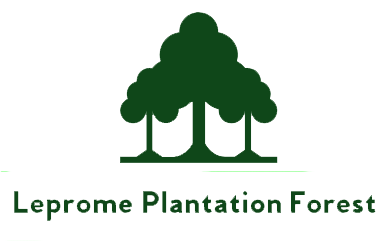The Natural Forests
Uganda’s forests fall into two major categories namely the natural forests and the plantations. Natural forests supply the bulk of forest products but plantations are gaining prominence. High Forests in Uganda were in the past degraded so much such that only 100,000 to 200,000 ha can be considered as ‘productive’ forest. It is estimated that of this only 50,000 ha are exploitable. The rest is so degraded that it will have to be protected for at least another 20 years. In 1995, the Forest Department estimated that an annual allowable cut of about 200,000 cubic meters would be yielded from natural forest reserves in the next 15 years (Forest Department, 1995). In 1995, it was estimated that an annual allowable cut of about 100,000 cubic meters of wood would be yielded from public and private forests within the next 15 years (Forest Department, 1995).
At the beginning of the century, the tropical high forests (THF) under government ownership covered about 3,090,000 ha or 12.7% of the country. Current estimates indicate that the THF estate under government ownership has now been reduced to 730,000 ha or 3.6% of Uganda’s land area (Forest Department, 1999). Current predictions estimate that if allowed to continue at the present rate, wetlands and open water areas will be reduced to 4,500 km2 and 36,900 km2 respectively by the year 2006 (Forest Department, 1996). Deforestation in Uganda has mainly been due to a rapid increase of a population with no other economic options coupled with breakdown of law and order during the turbulent years of the 1980s. During that time, forest reserves were cleared indiscriminately.

